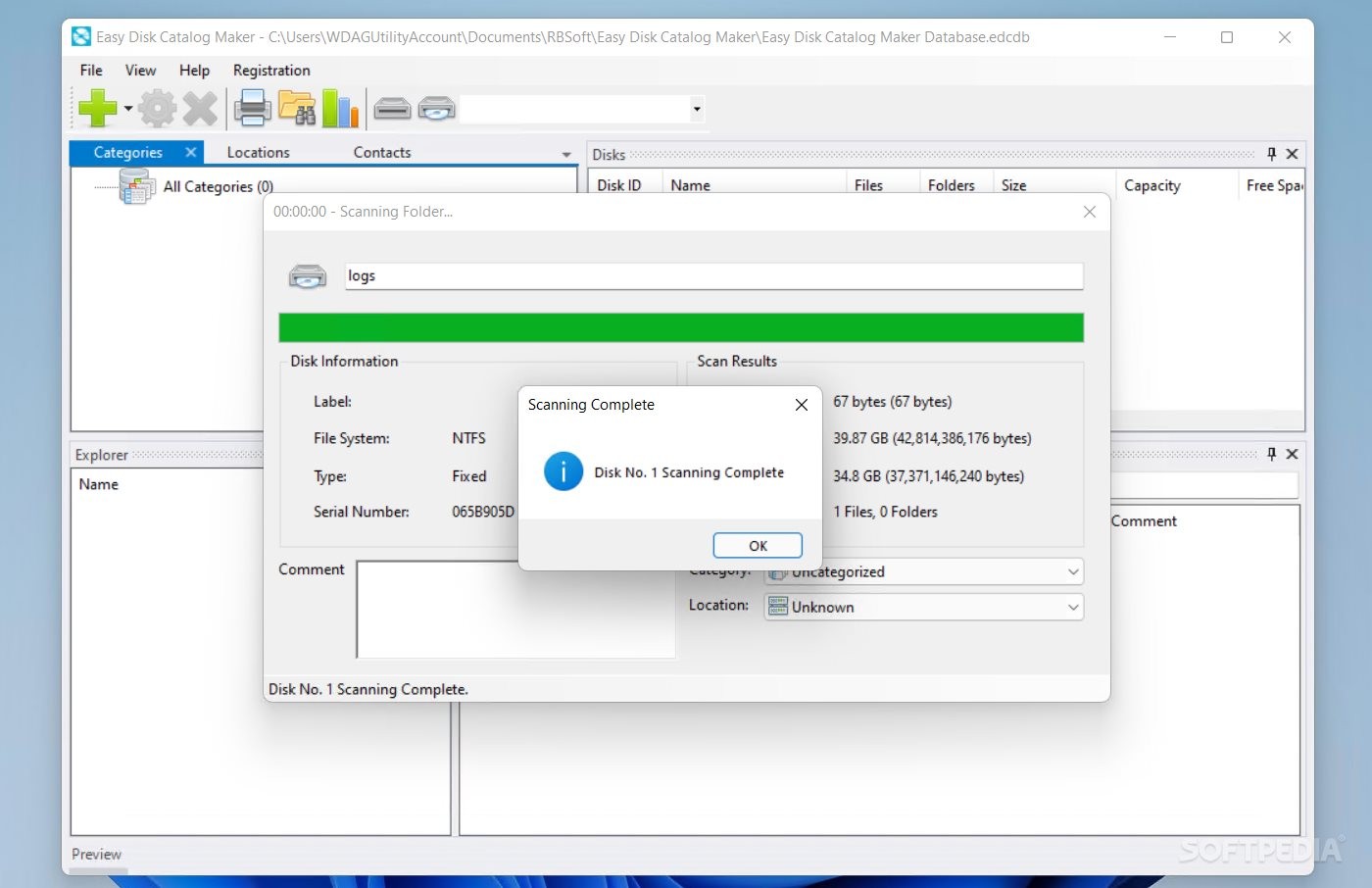

(So far, this is meaningless, as all Windows clients have version 1 of the election protocol.) The machine with the highest version of the election protocol will win. Table 5.2: Computer Role Settings in an ElectionĮlections are decided in the following order: Table 5.1: Operating System Values in an Electionįollowing that, each computer on the network is assigned a separate value according to its role, as shown in Operating systems are assigned a binary value according to their version, as shown in The amount of time the client has been on the network The version of the election protocol used As you already know, each machine that takes place in the election must broadcast information about itself. However, what if we didn't always want to win the election? What if we wanted to yield browsing to a Windows NT Server if present? In order to do that, we need to learn how browsing elections work. For example, the following options, which we've added to the configuration file from Chapter 4,ĭisk Shares, will ensure that Samba always wins the election for local master browser no matter which machines are also present: Samba can rig a browsing election for a variety of outcomes, including always becoming the local master browser of the subnet or never becoming it. Browsing elections can be called at any time. As machines come on and off the network, the local master browser continually updates the information in the browse list and provides it to any machine that requests it.Ī computer becomes a local master browser by holding a browsing election on the local subnet. This list is called theīrowse list and the server that maintains it is called the local master browser. Learning the Samba, one machine in each subnet always keeps a list of the currently active machines. In addition, any underscores ( _ ) specified in the requested share will be converted to slashes ( / ) when the This allows us to create different paths with the names of each server, which can provide more customized help files for users. %S variable, it will refer to the requested nonexistent share (the original share requested by the user), not the name of the resulting default share. For example:Ĭomment = Default Share for Unsuccessful Connections Service can be useful when sending the utterly befuddled to a directory of help files. Since you do not know who will default to this share at any time, you will probably want to set the In the event that a user cannot successfully connect to a share, you can specify a default share to which they can connect. This option preloads shares into the browse list to ensure that they are always visible: What if we wanted to make sureĪlice's share appeared to everyone before she logs in? This could be done with the global

However, if a userĪlice logs on and looks at the machine's shares, an won't appear when its machine's resources are browsed. This share is often marked non-browsable so that a share named Users, Security, and Domains for more information on logon scripts). share for storing logon scripts for Windows domain control (see Chapter 6, share from the previous chapter from being visible, we could write:Īlthough you typically don't want to do this to an ordinary disk share, the browseable option is useful in the event that you need to create a share with contents that you do not want others to see, such as a This boolean option prevents a share from being seen in the Network Neighborhood at all.

You can restrict a share from being in a browse list by using theīrowseable option.


 0 kommentar(er)
0 kommentar(er)
